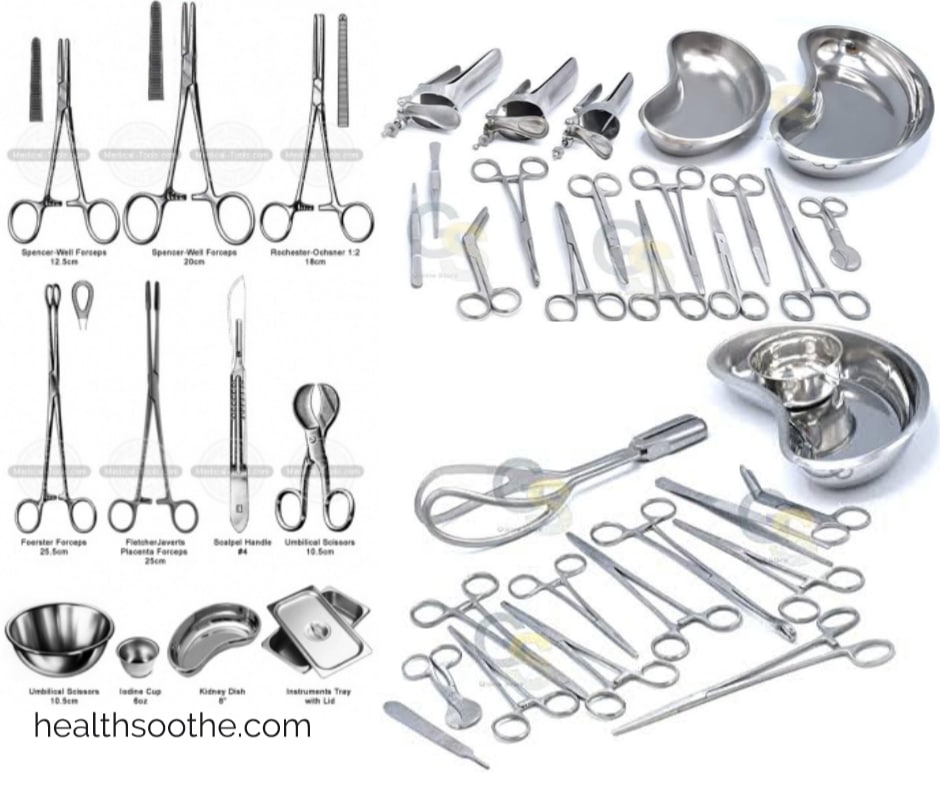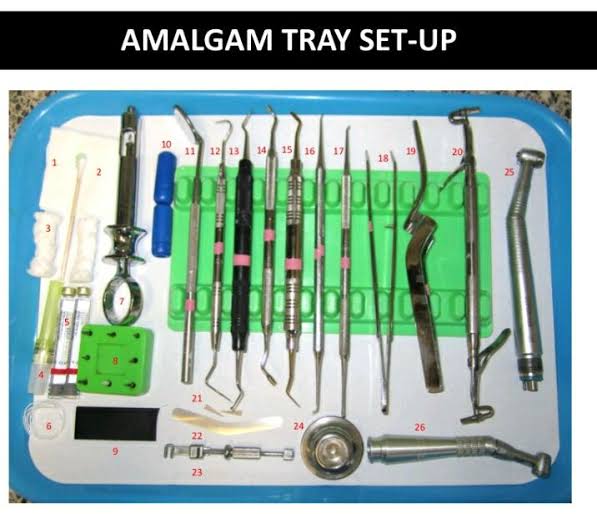Around 16 million adults suffer from chronic back pain in the United States, making it one of the most common chronic conditions. If you're one of the millions of Americans with back pain, you may be wondering what's causing it and how to get relief. While everyone has different causes and degrees of back pain, there are some general things you can do to ease your discomfort. In this article, we will go over everything you need to know about back pain, from causes to treatments.
Causes of Chronic Back Pain
Back pain can have a number of different causes, ranging from muscle strain to arthritis. In many cases, the exact cause of back pain is difficult to determine. However, there are some common risk factors that can increase your chances of developing back pain, including:
- Poor posture
- Obesity
- Smoking
- Sedentary lifestyle
- Stress
There are also lots of medical causes for back pain that have nothing to do with your lifestyle. These include:
- Disc degeneration
- Spinal stenosis
- Osteoarthritis
- Fibromyalgia
- Scoliosis
Back pain could also be a sign of a more serious medical condition, such as a herniated disc or spinal fracture. If your back pain is accompanied by other symptoms like numbness, tingling, or weakness in your legs, you should see a doctor right away.
Treatments for Back Pain
There are many treatments available for back pain, and most people find relief with time. Here are some of the best ways to manage your back pain:
1. Exercise Regularly
Exercise is an important part of any back pain management plan. By strengthening the muscles that support your spine, you can help to prevent future injuries and pain. Regular exercise also helps to improve flexibility and range of motion, making it easier to perform daily activities. Furthermore, exercise can help to reduce inflammation and promote healing.
There are plenty of back exercises to minimize pain and improve strength, such as yoga, Pilates, and Tai Chi. You could also try water therapy exercises, which are especially helpful if you’re dealing with pain and stiffness.
If you’re not used to exercising regularly, walking is another great way to improve your posture and manage your back pain. For best results, aim to exercise for at least 30 minutes on most days of the week. If you are just beginning an exercise program, start slowly and gradually increase the intensity and duration of your workouts. If you experience any pain during your workout, stop and consult your doctor.
2. Use Heat and Ice
Applying heat and ice to your back is a simple and effective way to reduce pain. For best results, use ice for the first 48 hours after you experience pain. After that, alternate between heat and ice treatments.
You can apply heat in the form of a heating pad, warm bath, or warm compress. When using ice, wrap the ice pack in a thin towel to protect your skin. Do not apply ice or heat for more than 15 minutes at a time. If you’re not sure how to use heat and ice treatments, consult your doctor or physical therapist. Applying heat or ice to your back can help to:
- Reduce inflammation
- Relieve muscle spasms
- Promote healing
- Improve blood circulation
- Ease pain and stiffness
3. See a Chiropractor
A chiropractor is a healthcare professional who specializes in the diagnosis and treatment of musculoskeletal disorders. Chiropractic care involves using manual therapy to adjust the spine and other joints. This can help to reduce pain, improve range of motion, and promote healing.
Research has shownthat chiropractic care is an effective treatment for back pain. If you are experiencing minor back pain, there's a good chance that chiropractic care can help. If you're dealing with more severe back pain, chiropractic care may be a good complement to other treatment options, such as physical therapy or medication.
4. Try Massage Therapy
Massage therapy is another effective treatment for back pain, and can help to:
- Relieve muscle tension
- Reduce inflammation
- Promote healing
- Ease pain and stiffness
There are many different types of massage depending on where your back is affected the most.
5. Take Medication
There are many different types of back relief medications available, including over-the-counter options like ibuprofen and acetaminophen, as well as prescription medications. If over-the-counter medications aren’t effective, your doctor may prescribe stronger pain relievers or muscle relaxants. Sometimes, your doctor may also recommend injections to help reduce pain and inflammation.
6. Try Holistic Therapies
There are many different types of holistic therapies that can help to ease back pain. Acupuncture is a type of therapy in which tiny needles are inserted into the skin at specific locations on the body. This can help to relieve pain and promote healing.
Another option is cupping, which involves placing small glass cups on the skin to create suction. This can help to improve blood circulation and reduce pain. Other holistic therapies that may be effective for back pain include:
- Yoga
- Tai chi
- Pilates
- Meditation
- Guided imagery
- Progressive muscle relaxation
Endnote
If you’re dealing with back pain, many different treatment options are available. Remember to stay active, use heat and ice, see a chiropractor, try massage therapy, take medication, and try holistic therapies. Most importantly, consult your doctor to create a treatment plan that’s right for you. With the right treatment, you can find relief from your back pain and get back to your life.







